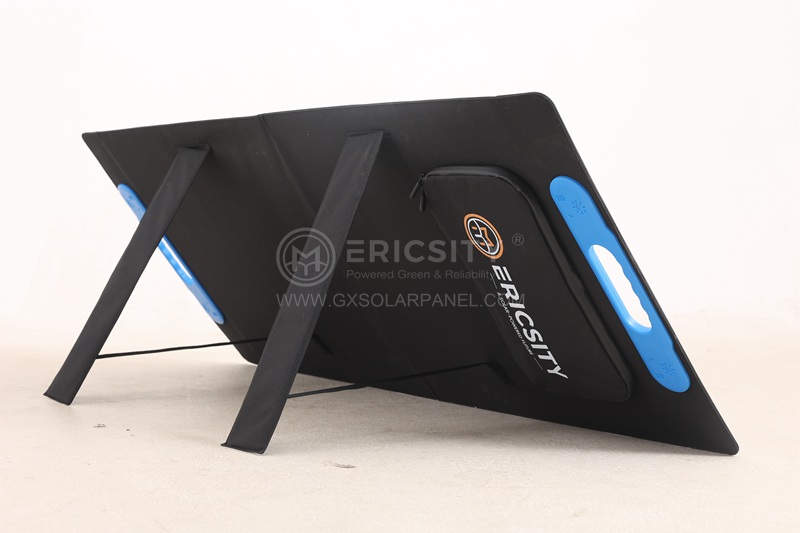HOT PRODUCT
Product Details
Eco-friendly Energy With Solar Flex Panels: The Accessibility Of Flexibility
Eco-friendly Energy With Solar Flex Panels: The Accessibility Of Flexibility
In recent years, the focus on renewable energy sources has reached new heights due to increasing concerns about climate change and the depletion of traditional energy resources. Among the numerous alternatives, solar energy has emerged as one of the most promising and widely adopted choices. Solar panels have proven to be a valuable solution, but a new innovation, known as solar flex panels, is revolutionizing the accessibility and adoption of solar energy.
Solar flex panels are advanced photovoltaic technology that combines the benefits of traditional rigid solar panels with the flexibility and adaptability not previously present in solar energy solutions. These panels are made using thin-film solar cells, which are lighter and more flexible than standard silicon-based cells. The thin-film construction allows them to bend, curve, and even be rolled, making them highly versatile and adaptable to various surfaces.


One of the significant advantages of solar flex panels is their enhanced durability. Unlike traditional panels, which are prone to damage from strong winds or impacts, flex panels can withstand bending and twisting without sacrificing their efficiency. This durability presents new possibilities for installation, as they can be mounted on irregular or non-traditional surfaces such as curved roofs, vehicles, boats, or even portable charging stations. As a result, solar flex panels are opening doors for solar energy generation in previously untapped areas and sectors.
Furthermore, the flexibility of these panels simplifies both the installation process and the overall cost. Traditional solar panels require precise alignment, often requiring specific structures to be built. In contrast, flex panels can contour to the surface they are applied to, eliminating the need for extensive modifications or additional support. This flexibility reduces installation time and lowers expenses associated with traditional mounting systems, making solar energy more accessible to a broader range of consumers.
Additionally, the lightweight nature of solar flex panels allows for greater portability and ease in transportation. They can be easily rolled or folded, making them convenient for off-grid applications or for those who frequently relocate. Campers, hikers, and adventurers can now harness solar power to charge their devices or power small appliances while on-the-go, ensuring sustainable energy availability even in remote locations.
Another noteworthy aspect of solar flex panels is their aesthetic appeal. The monotonous appearance of traditional panels has often been a deterrent for homeowners and businesses. However, flex panels boast a sleek and unobtrusive design that seamlessly integrates with various architectural styles. This aesthetic advantage encourages greater adoption of solar energy systems by mitigating aesthetic concerns previously associated with solar panel installations.
Lastly, solar flex panels promote energy independence and resilience. Through their ability to be installed in unconventional locations and their portability, these panels enable individuals and communities to generate their own clean energy. This independence from centralized power sources enhances grid resilience, particularly in areas affected by natural disasters or energy shortages.
The accessibility of solar flex panels represents a significant breakthrough for the renewable energy sector. Their flexible and lightweight features, coupled with enhanced durability, lower installation costs, and improved aesthetics, make solar energy more attainable and convenient than ever before. As this technology continues to evolve and gain traction, the future of solar energy is undoubtedly bright, flexible, and environmentally friendly.




